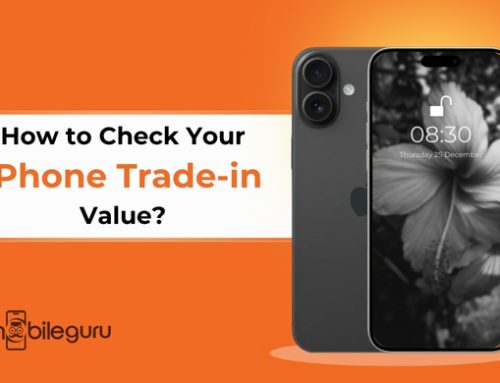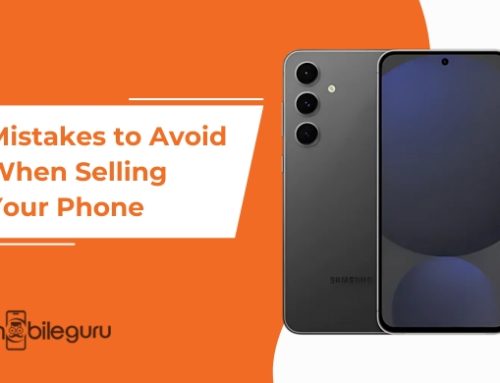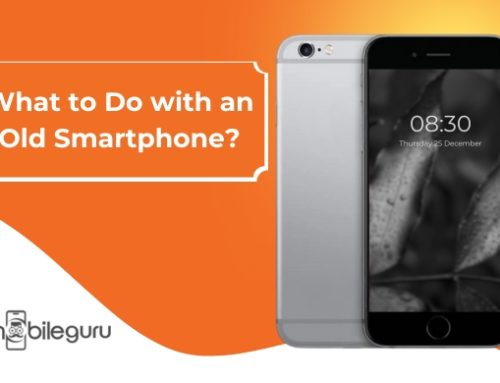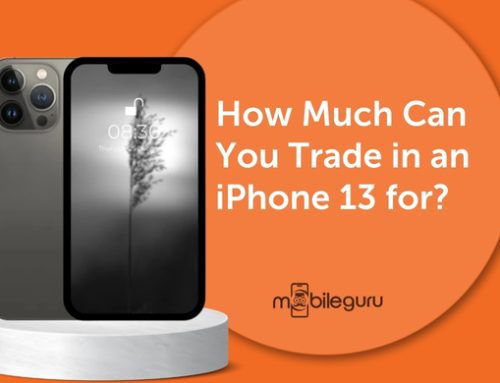How to Trade In Your Old iPhone for the Best Value
Do you have an unused iPhone and you’re wondering if a trade-in is worth it? This could be a good way to upgrade and replace the old one at a good price. However, the process can feel a bit overwhelming if you’re new to it.
Don’t worry, this blog provides expert tips on how to prepare your phone, find the right trade-in option and avoid common mistakes. With the right guidance, upgrading your iPhone through a trade-in can be smooth, rewarding and hassle-free. So, let’s find out how to make the most of an iPhone trade-in and get the best deal possible.
Steps to Trade-in Your Old iPhone
Many people want the latest iPhone but hesitate due to cost or uncertainty about what to do with their old device. An iPhone trade-in offers a practical solution that helps you save money on your next purchase. At the same time, it supports responsible recycling or repurposing of your old phone, which reduces electronic waste.
Here’s how you can do so:
-
Step 1: Assess Your iPhone’s Condition
The first step is to check your iPhone’s condition, as it directly impacts the trade-in value. Scratches, battery health and screen damage can reduce what you’ll get. Take a moment to inspect your device carefully, because even minor repairs may boost the payout. For example, replacing a cracked screen before a trade-in could mean a significantly higher quote.
-
Step 2: Back Up Your Data
Before handing over your phone, make sure to back up all personal data securely. People can use iCloud or iTunes to save photos, contacts and other important information. This step is crucial because once your phone is traded in, you’ll lose all access to the data.
-
Step 3: Erase All Personal Information
In continuation of the previous point, protect your privacy by erasing all data from your iPhone. This includes signing out of your Apple ID and turning off ‘Find My iPhone’. Then, perform a factory reset through the settings to clear your data completely. That way, your personal information stays safe even after the iPhone trade-in process is complete.
-
Step 4: Compare Your Options
Apple’s official Trade In program is convenient and offers store credit usable on their other products. Major carriers like Telstra, Optus, and Vodafone also provide trade-in deals, often with bonus credits if you’re signing up to a new plan. For cash payouts, reputable resellers offer competitive trade-in values. Hence, it pays to compare offers. Check the estimated value, any extra bonuses and terms like contract requirements or account eligibility before deciding.
-
Step 5: Submit Your iPhone for a Trade-in
After choosing your preferred trade-in program, you can complete the process online or in-store. Many people prefer mailing in their device with prepaid packaging provided by the buyer. In-store drop-offs offer the advantage of immediate assessment and faster payouts.
-
Step 6: Receive Your Payment or Credit
Depending on the trade-in provider, you might get paid via gift cards, credit towards a new device, or direct cash. Apple typically issues Apple Store credit, while carriers might apply discounts to your mobile plan. Other buyers often pay cash or bank transfers within a few business days. Knowing what payout method suits you best ensures a smooth experience.
Common Mistakes to Avoid when Trading in Your iPhone
Trading in your iPhone can save you both money and other hassles. However, simple mistakes often lower the trade-in value or cause delays. Below are some common mistakes to avoid during an iPhone trade-in to get the best deals:
- Skipping Backup and Factory Reset: Many people don’t back up their data before a trade-in. Always back up your iPhone using iCloud or iTunes. Then, protect your privacy by securely erasing it through a factory reset and turning off ‘Find My iPhone’.
- Ignoring Trade-In Terms and Conditions: Some trade-in offers come with hidden fees or require long-term contracts, especially with service carriers. Carefully review all terms, including eligibility criteria and contract commitments, to avoid unexpected costs or restrictions.
- Overestimating Device Condition: Expecting top dollar for a damaged or poorly functioning iPhone can lead to disappointment. Be honest about scratches, battery health, or screen damage. Additionally, only consider minor repairs if they can significantly boost the trade-in value.
- Choosing Unverified Trade-in Services: Avoid unofficial trade-in companies that promise unusually high payouts. You risk payment delays or compromised personal data with such dealers. Instead, stick with trusted Australian providers like Apple, Telstra, Optus or reputable resellers for a secure, reliable process.
- Forgetting to Remove SIM and Accessories: Leaving your SIM card or accessories in the iPhone can complicate trade-in processing. Always remove your SIM, any cases or screen protectors before sending or dropping it off in-store.
Mobile Guru: Your Trusted Choice for iPhone Trade-ins
If you want to upgrade your phone at budget-friendly prices, an iPhone trade-in is an efficient, cost-effective, and environmentally friendly choice. By carefully preparing your device and comparing trade-in offers, you can maximise returns and enjoy a new iPhone without worry. We hope this blog will help you get the best possible quotes if you wish to proceed with a trade-in.
While Mobile Guru does not offer trade-in programs, you can still sell your old phone to us and use the payment toward purchasing a high-quality refurbished device. Our team will assess your phone’s value based on its condition and current market demand. This will be reflected in the final quote we provide. If you have any questions or need assistance, feel free to call us on 1300 362 017 or email us at hello@mobileguru.com.au.

 Skip to content
Skip to content





